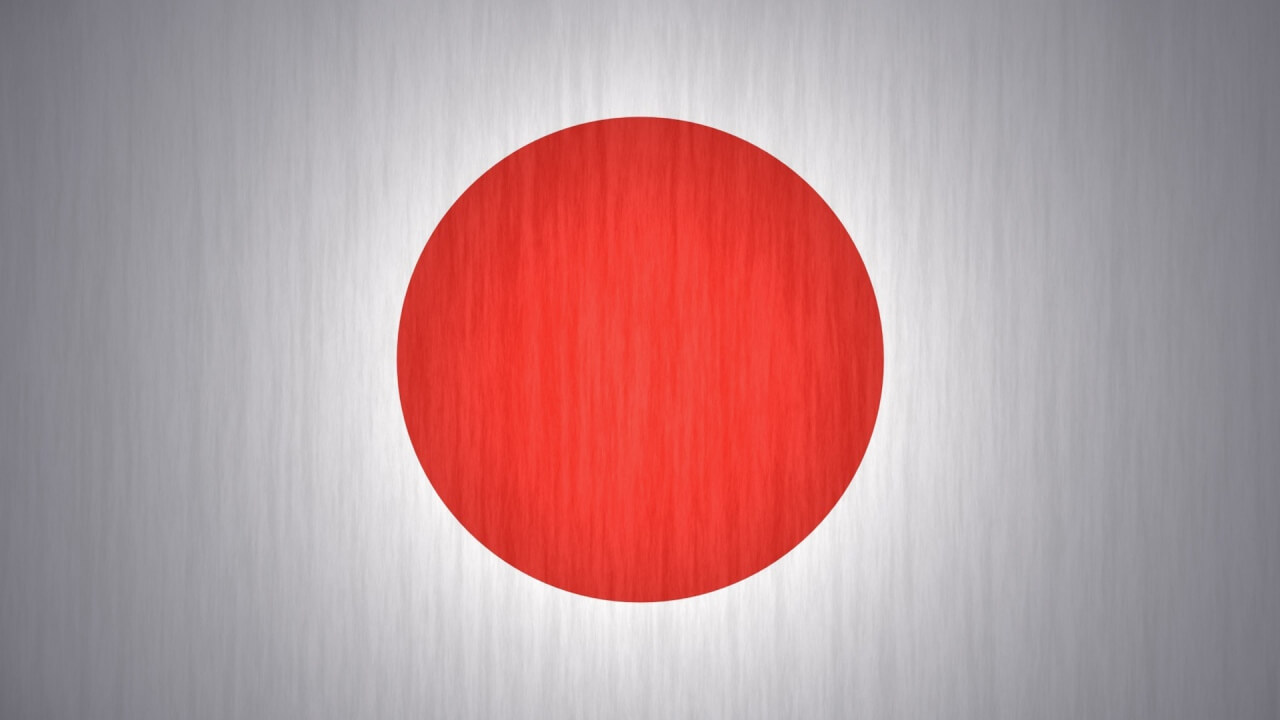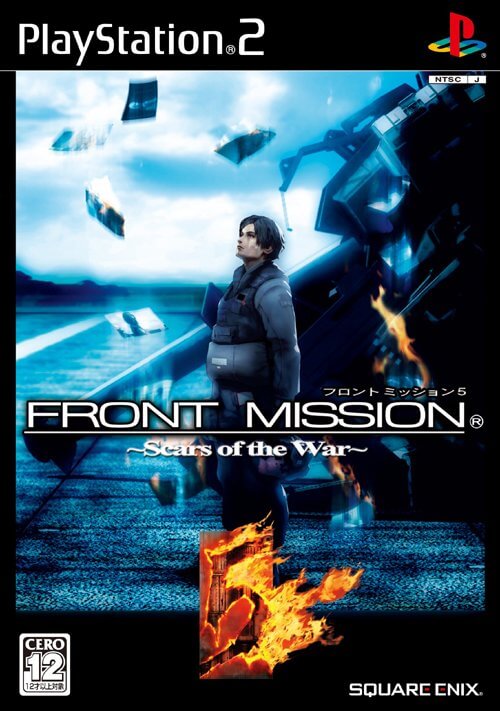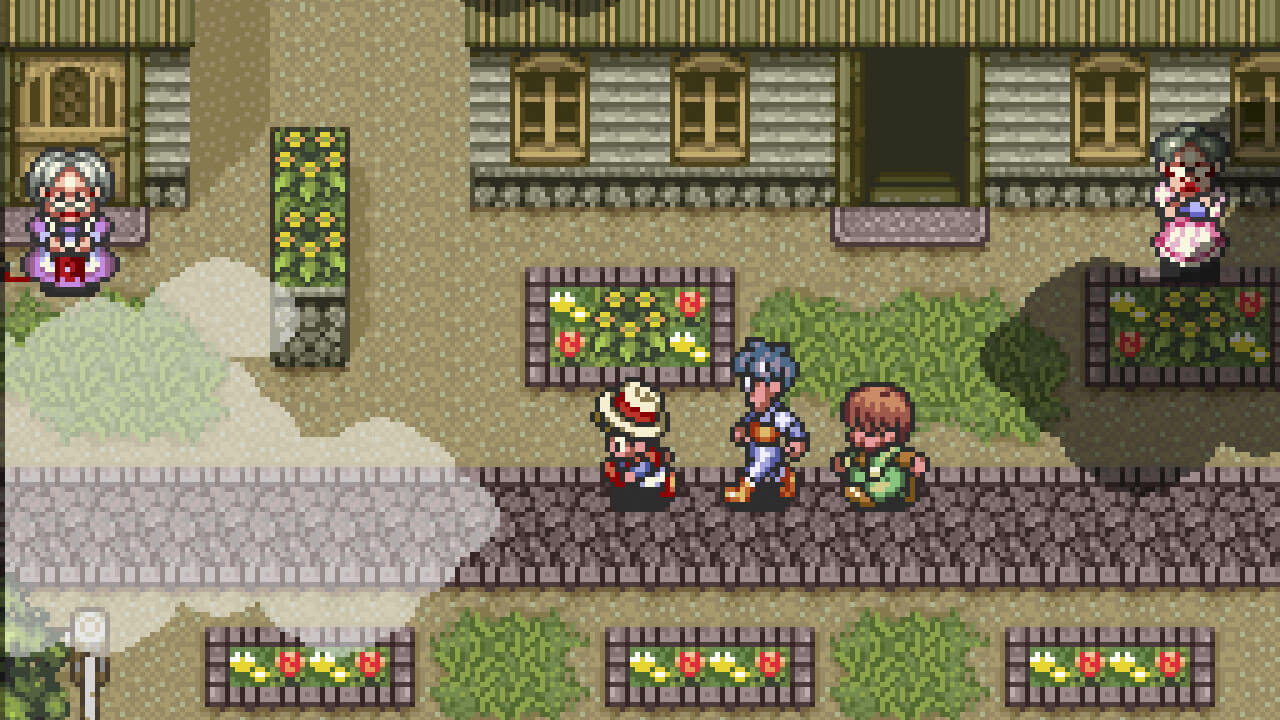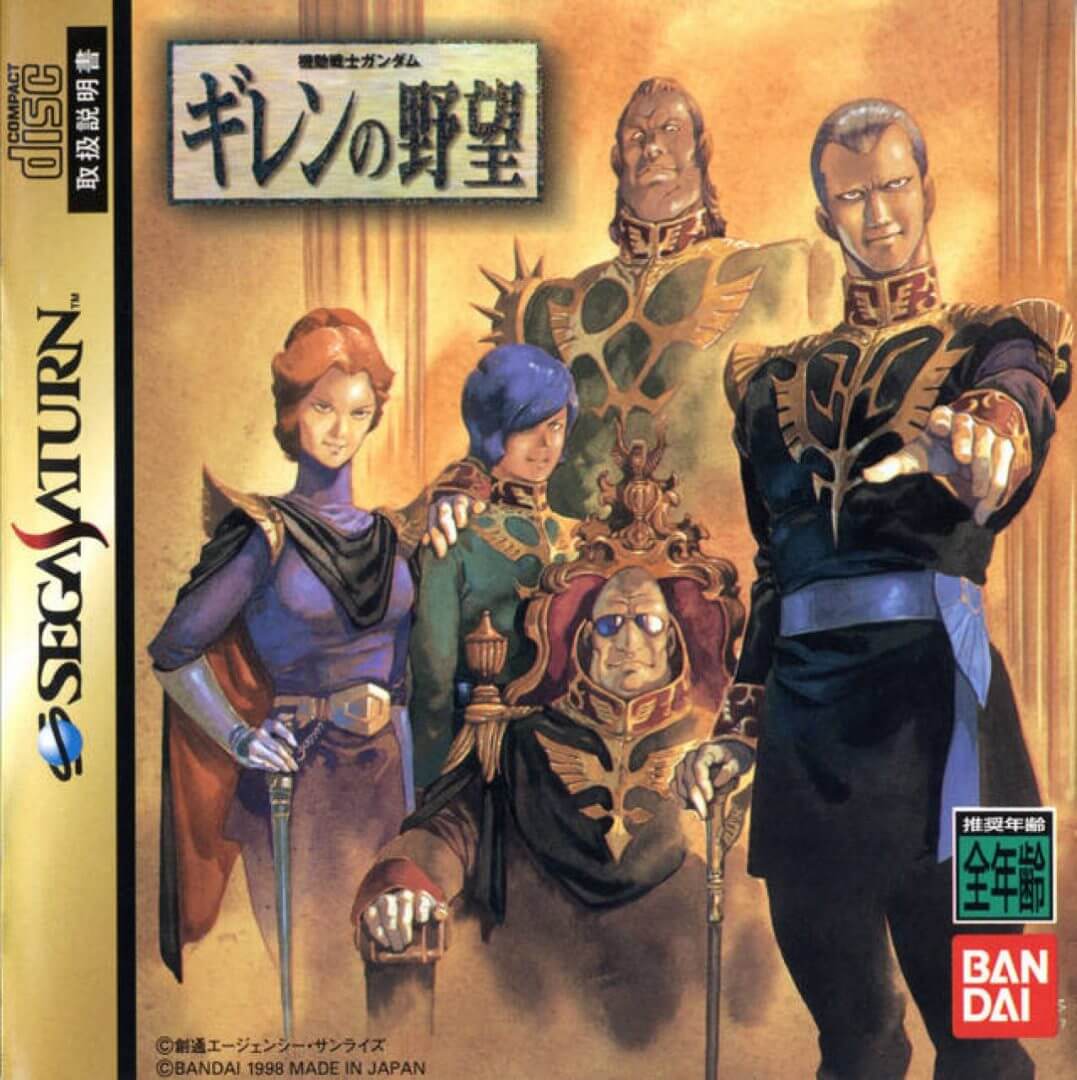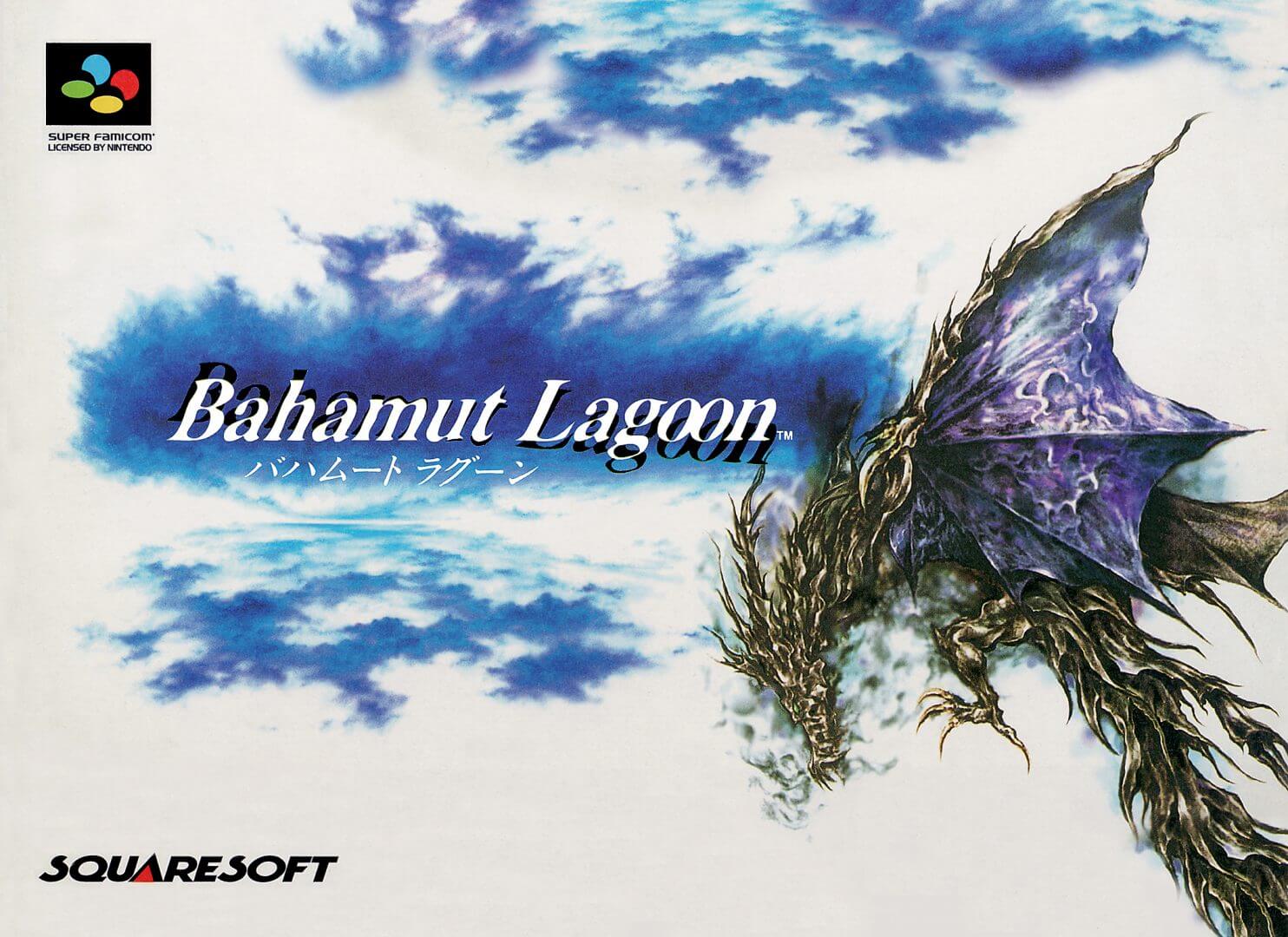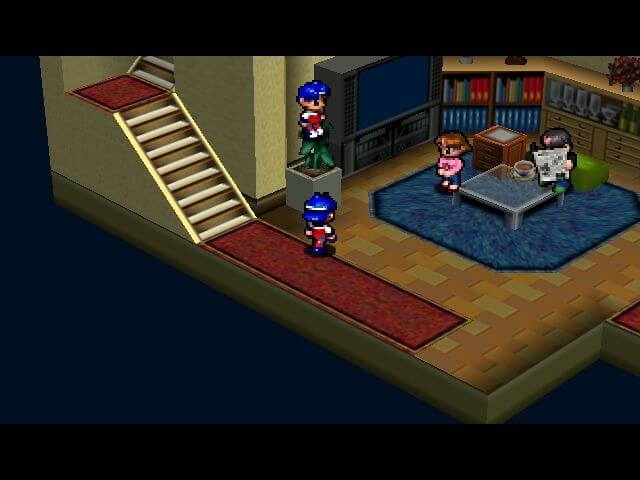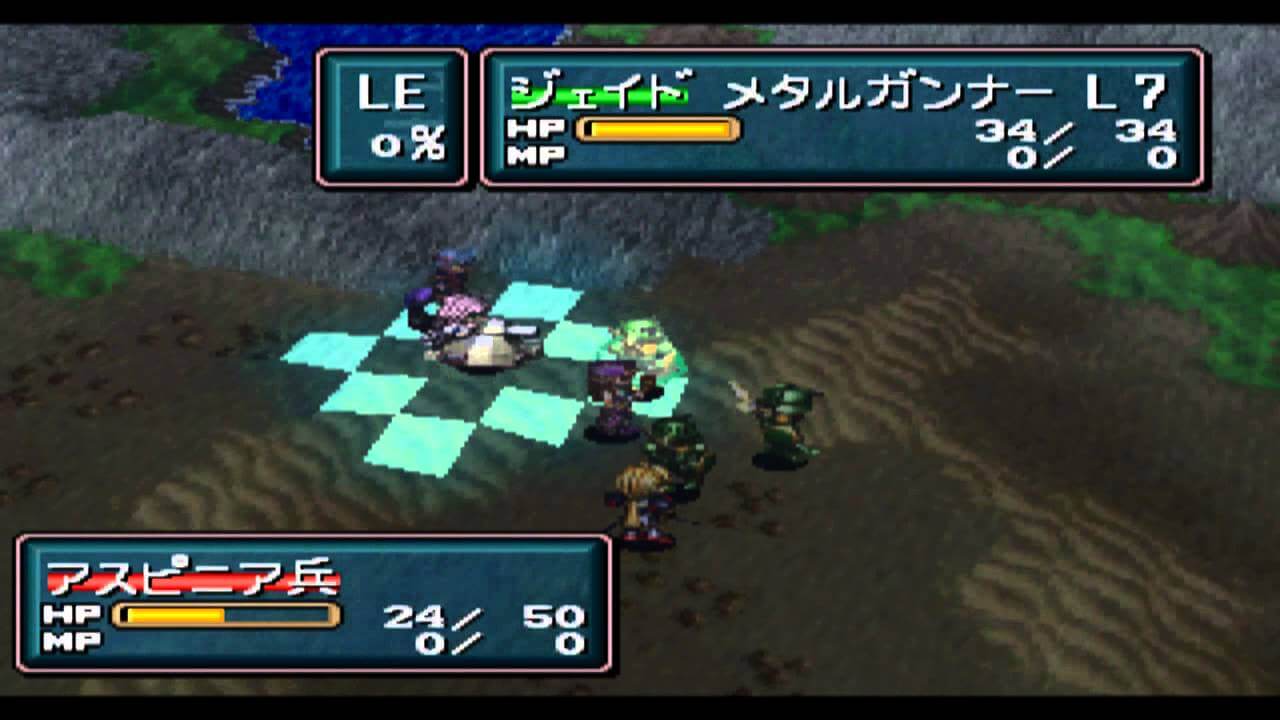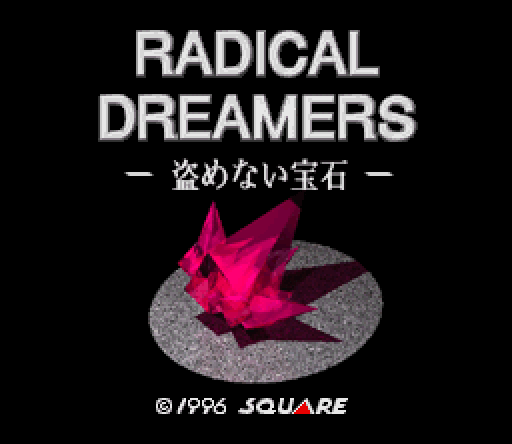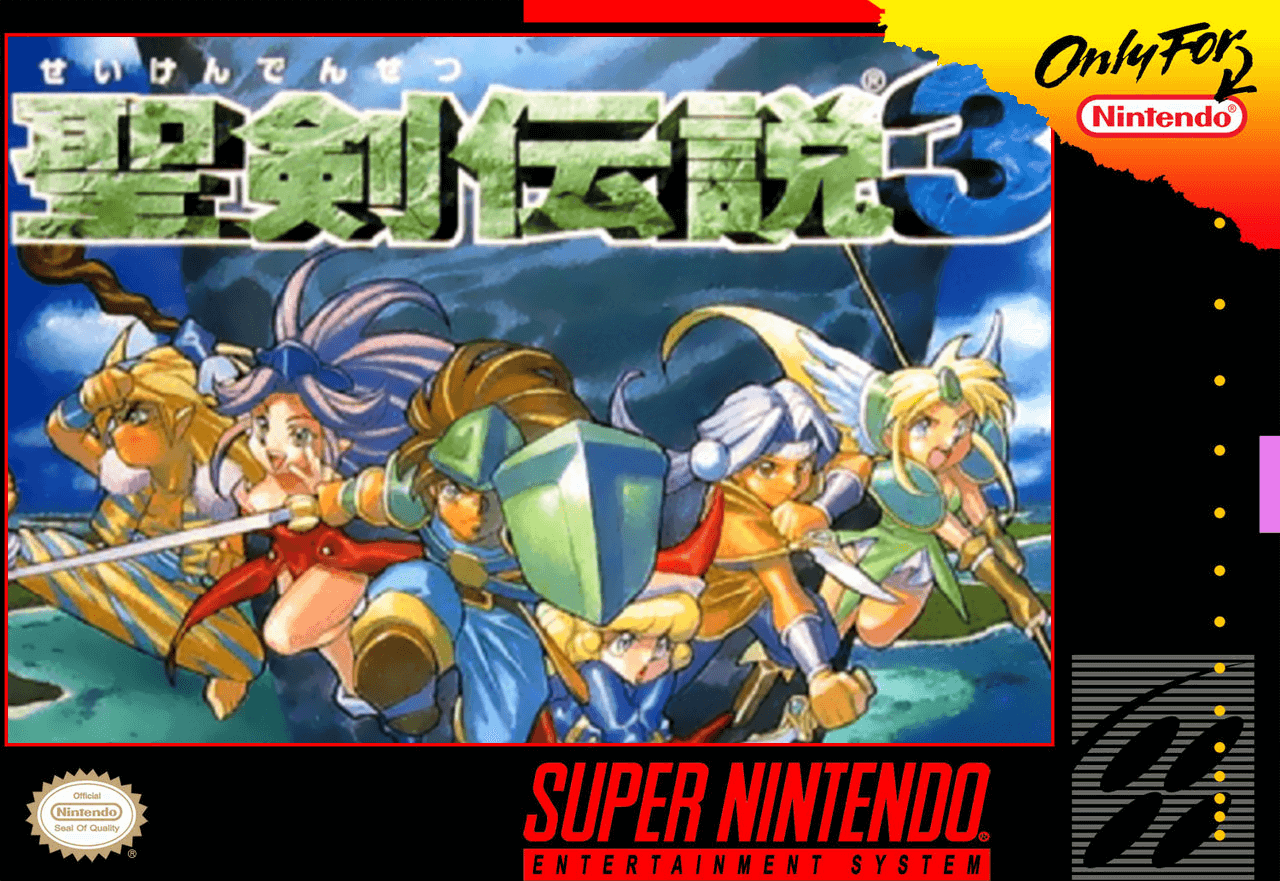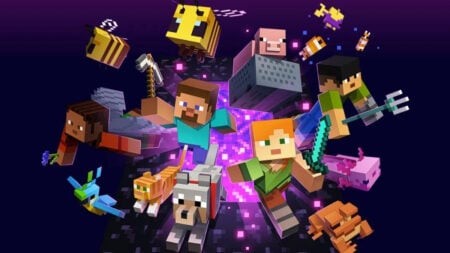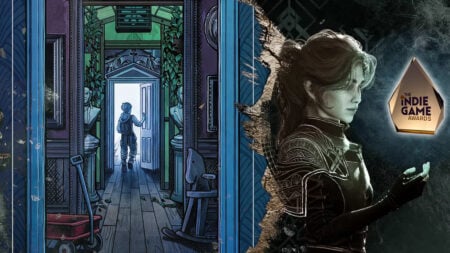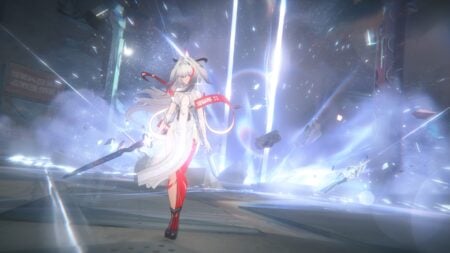Skip To...
Japan gets all the best Video Games!
Video games were not invented by the Japanese, looking back at the 80s and 90s though you could be forgiven for thinking that. It is impossible to deny the influence that Japan has had on the industry. Over the decades, thousands, perhaps millions of video games have been created in Japan. Through the magic of localization, most of these games were released outside of their home country. Nearly every American is familiar with Mario, Pokemon, Mega Man, Pac-Man and Sonic the Hedgehog.
In spite of the enormous catalog of Japanese video games available here, there are just as many titles that never made it the west. Some of these games might have been considered too difficult for Americans, and others might have been too strange for American culture. To be fair the decision to keep some of these video games out of America seems justified if you think about it. With that being said, for unknown or odd reasons a significant number of quality video games have remained trapped in their country of origin.
Thinking back on it, my childhood all the way through my teen years was dominated almost entirely by Japanese video games. It was not until I got into PC gaming that I started to appreciate the developers from the west who also created great games. Like many “gamers” who grew up in the 80s and 90s, I was a frequent reader of video game magazines like, EGM, Gamefan, and OPM. It was through publications like these that I learned about Japan-only releases.
Reading import reviews before about titles not available in North America was so cool to me as a young man. I tried and failed to convince my mother to let me order anything from the various import ads that ran in some of the magazines. To this day, I still feel like I missed out on some excellent times.
I feel like I have been droning on long enough, let’s get started on the reason we are here. I want to list a few ground rules before I begin. The game cannot have had an official release outside of Japan, so unofficial fan translations do not count. Also one title per franchise. These are not listed in any order, and we consider each of them to be worth discussing. Now that we have that covered let’s get started with the games.
Front Mission 5: Scars of the War
Never heard of Front Mission? Take Battletech and Final Fantasy Tactics, and toss them in a blender, and you will get Front Mission. If that sounds awesome, you would be correct. Like most video games in the SPRG/TRPG genre, Front Mission has you controlling a team of customizable units in turn-based combat on a grid-based battlefield. If you enjoy these types of games, and you will know if you do, then Front Mission would be right up your alley.
If you are including spin-offs, there have been 11 video games released as part of this franchise. That number is not including ports, remakes, and compilations. With such a large number of titles released, it might surprise you to learn that North America has only every seen four of these games on our shelves. This situation is especially heartbreaking when you consider that one of the strongest selling points of the series is the overarching story that stretches throughout the games.
The fifth numbered entry in the series, Scars of the War, was released for the PlayStation 2 in 2005. This game received positive critic attention, and many noted that it was an excellent game and an improvement for the franchise. It does not make much sense that Square Enix took the decision not to bring this title over to the west. We did get the fourth game, which was also on the PlayStation 2. A fan translation of this game does exist as part of the Front Mission: Series Translation Project, but until something official comes this title, and most of the Front Mission series will remain inaccessible to most people outside of Japan.
Marvelous: Mōhitotsu No Takarajima
Also known as Marvelous: Another Treasure Island, this is a role-playing game created by Eiji Aonuma. If his name sounds familiar to you, it is probably because of his work on The Legend of Zelda franchise. In 1996, before Shigeru Miyamoto moved him to the Zelda team, Aonuma’s directorial debut was Marvelous, which was released for the Super Famicom.
The story in Marvelous is pretty simple; the three lead characters are trying to find the treasure of a legendary pirate. In many ways, the game plays in like The Legend of Zelda: A Link to the Past. Where it differs is in the fact that you are controlling all three of the main characters.
Sadly, since the Nintendo 64 was already available in 1996, the company decided this game was not worth the effort to localize. There are several quality fan translations available, but if you want to play something official from Nintendo, you are out of luck.
Gihren no Yabou
This one is known to English speakers as either Gihren’s Ambition or Gihren’s Greed. If you have never heard of them, they are turn-based strategy games based on the popular Gundam anime series. So far, there have been four entries in this franchise. The easiest way to describe them might be to compare them to a cross between the Nobunaga’s Ambition and Gundam SD video games.
For fans of Gundam or fans of political turn-based strategy games, the fact that not one of these titles has made it to the west is a tragedy. Ever wanted to change the course of the One Year War? Maybe you want to prevent the death of a favorite character? These games give you the power to alter the storyline of the Universal Century.
I’m not sure if Namco Bandai thought Americans couldn’t handle the complex nature of the games, or that there just weren’t enough Gundam fans here. Either way, if they release another one of these, and it doesn’t get an English localization, I might cry.
Bahamut Lagoon
Bahamut Lagoon was the first game I ever used a fan translation for, and it was worth the effort. Like most other mid-1990s Square games for the Super Famicom, it is excellent. This one is a tactical roleplaying game, unlike many other games in the genre, Bahamut Lagoon does not exist in the mold of Tactics Ogre/Final Fantasy Tactics. No, this title is very much a unique kind of animal.
Wikipedia describes it as combining RPG mechanics with “squad-based combat” whatever that is supposed to mean. Bahamut Lagoon has more in common with a numbered Final Fantasy game than something like Tactics Orge.
One of the systems that sets Bahamut Lagoon apart is the way it uses dragons. Your dragons act as semi-autonomous units that not only fight the enemy but grant your characters access to special attacks and abilities. The cool part though is that you can raise and care for these dragons. By feeding them items, your dragons will gain stat increases and can change into more powerful forms. This system gives Bahamut Lagoon a tiny dose of a Pokemon or Monster Rancher dynamic and improves the overall experience.
As for why this one never made it to North America, it was at one time planned for localization, but it never happened, More than likely it is due to it being released at the end of the Super Famicom’s life. It is a fantastic game, and I do not think anyone would have complained if Square had decided to bring it to the west.
Shin Megami Tensei: Devil Summoner
My first experience with the Shin Megami Tensei franchise was renting Shin Megami Tensei: Nocturne from a local video store, back when that was a thing. I instantly fell in love with the game, and it quickly became one of my all time favorites. My new found adoration led me to research the series, and I was shocked to learn that it had been around since the 80s, and I had only just discovered it. This also led me to stumble upon Persona, but my love for that series can wait for another article.
In scouring the internet for more information on Shin Megami Tensei, I found Devil Summoner. A game for the short-lived Sega Saturn, it seemed like kind of reclusive hidden gem. Unfortunately, I also learn it had never been released in the west, which was extremely disappointing. When you look at the material contained in the game… actually if you just look at the title you can probably easily understand why it never left Japan.
It was ported to the PSP in 2005, and there was talk of an English localization, but it never happened. This is truly a shame; someday maybe we will get a Shin Megami Tensei compilation fo all the games we never received over here.
Custom Robo
The Nintendo 64 was an alright console, but it did sometimes feel like it lacked good games. So it is irritating that Nintendo decided to keep this little gem all to themselves. If you like the idea of customizable robot battles, then Custom Robo is your kind of game. Think Metabots or Gundam Build Fighters.
Critics seemed to enjoy this title, with GameSpot reviewer James Mielke saying that it has “some of the coolest, clanky big-robot sound effects ever heard in a game,” So like the rest of the games on this list it is disappointing that we never got a chance to enjoy it.
North America has received some of the Custom Robo sequels that were made after this title, so at least there’s that. A little off topic but researching this game led me to learn about the iQue Player, a unique Chinese Nintendo system that received a port of the game in 2006. I
Shining Force III
Another Sega Saturn game denied to western audiences and a Shining Force game at that. Well that’s actually not entirely true, this game is made up of 3 parts, and the first one did in fact get a western release, but parts 2 and 3 did not. So if you were a resident of North America or Europe and you wanted to know how the story ended… well tough luck.
At least fans of this series are used to being neglected, so maybe that numbed the pain a bit. Still it would be nice if Sega would show some love to the Shining faithful and re-releases this one in a complete form. It’s not as though we are currently drowning in tactical role-playing games, so there seems like there would be plenty of room in the marketplace for it.
At this point though most people, including myself would be happy with any English Shining release. I guess until then we can enjoy games like Fire Emblem.
Radical Dreamers
Any Chrono Cross fans here? If you fall into that category, then you have probably at least heard of Radical Dreamers. It was a text-based visual novel released for the Satellaview, a Super Famicom add-on that is so amazing it deserves its own article. Created as a kind of side story to Chrono Trigger, Radical Dreamers served as the base from which Chrono Cross was later developed. With a soundtrack by the legendary composer Yasunori Mitsuda, and Masato Kato handling the writing you would assume this one would have become an instant classic.
Unfortunately, with this game being a Satellaview title, there was almost no chance of it leaving Japan. Of course, it could have been ported to another system, which was something Square attempt to do when they wanted to include it as an easter egg in the Japanese PlayStation port of Chrono Trigger. Surprisingly this situation was foiled by the games director himself, Masato Kato, as he was always unhappy with the quality of the game and believed it was better left forgotten. Those intrepid enough to scour the internet for it can find a full English fan translation, but anything official is highly unlikely.
Treasure Hunter G
Treasure Hunter G was the last Square game to be released for a Nintendo console, that alone makes it worth checking out. The game was developed by Sting, and it contains what would become their trademark level of quality. The gameplay combines typical 16-bit RPG exploration with a combat system more at home in something like Final Fantasy Tactics. The result is fantastic, and a must-play game for any fan of the genre.
Of course, since the game is on this list it never made it out of Japan, and as a result never reached the status of similar video games of the time. This is truly a shame, and even if you never get a chance to play this game you can check out playthrough video on YouTube that will show why it should be more appreciated. Maybe someday Square Enix will reach back into their catalog and bring this gem out for a new audience, it’s doubtful, but you never know right?
Seiken Densetsu 3
This is pretty much an obligatory entry on any list like this. I mean, it’s the sequel to Secret of Mana, one of the most popular and loved games of the 16-bit era. It can be argued that Seiken Densetsu 3 sets the standard for Super Famicom RPGs, just as much as Final Fantasy VI or Chrono Trigger. It features some of the best graphics to appear in any 16-bit video game, and the gameplay systems improve in every way on its predecessors.
This was one of the first games I ever went looking for a fan translation to play, and I was glad I did. Despite cries from its many fans, Square Enix has never given us an official English version of this classic and at this point, it’s unlikely they ever will. Like most of the video games on this list, if you aren’t able to read or speak Japanese, and you aren’t interested in an unofficial fan translation, you are out of luck.
So that’s it, ten of the many excellent video games that were never given official release outside of Japan. If you have anything to add, or if maybe you have a suggestion that didn’t make the list, please be sure to let us know in the comments. Suggestions for future top ten lists are also welcome. As usual, thank you for reading through my nonsense, I hope that it was either entertaining or educational.
For all your video game news, as well as articles on many other interesting topics, be sure to check out the rest of The Nerd Stash.

